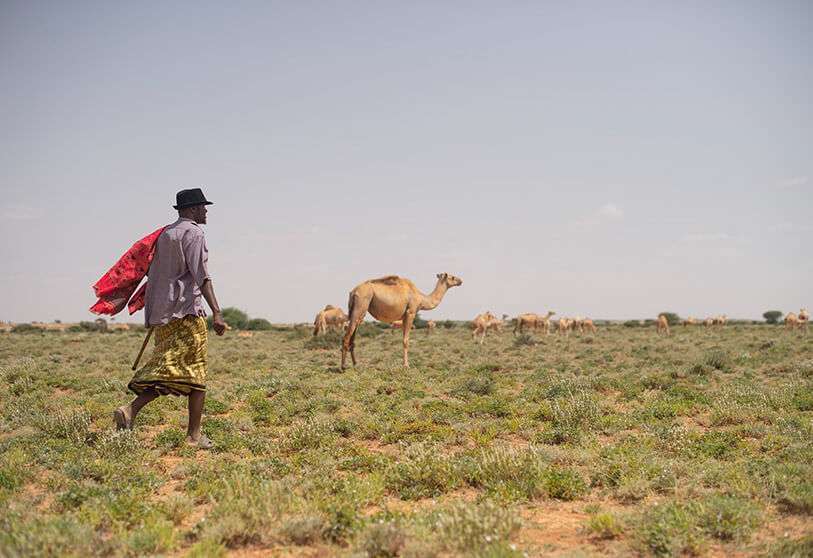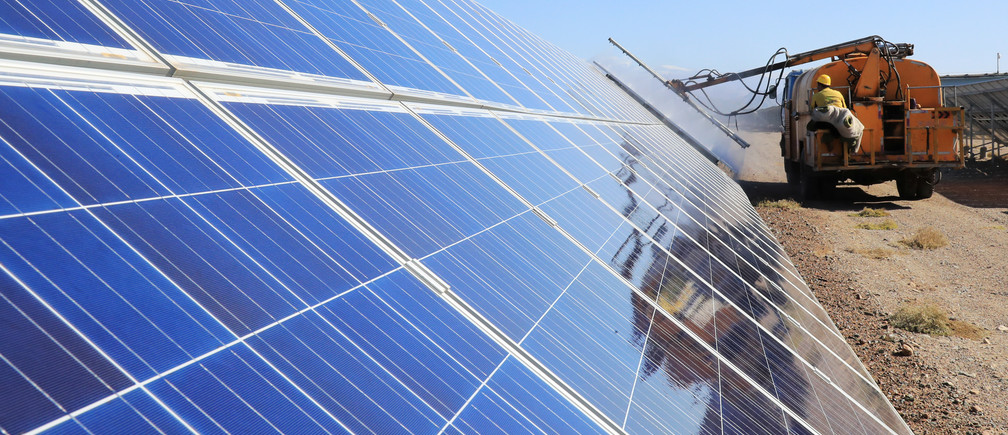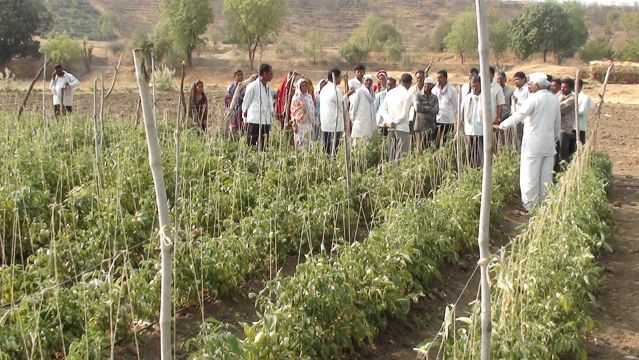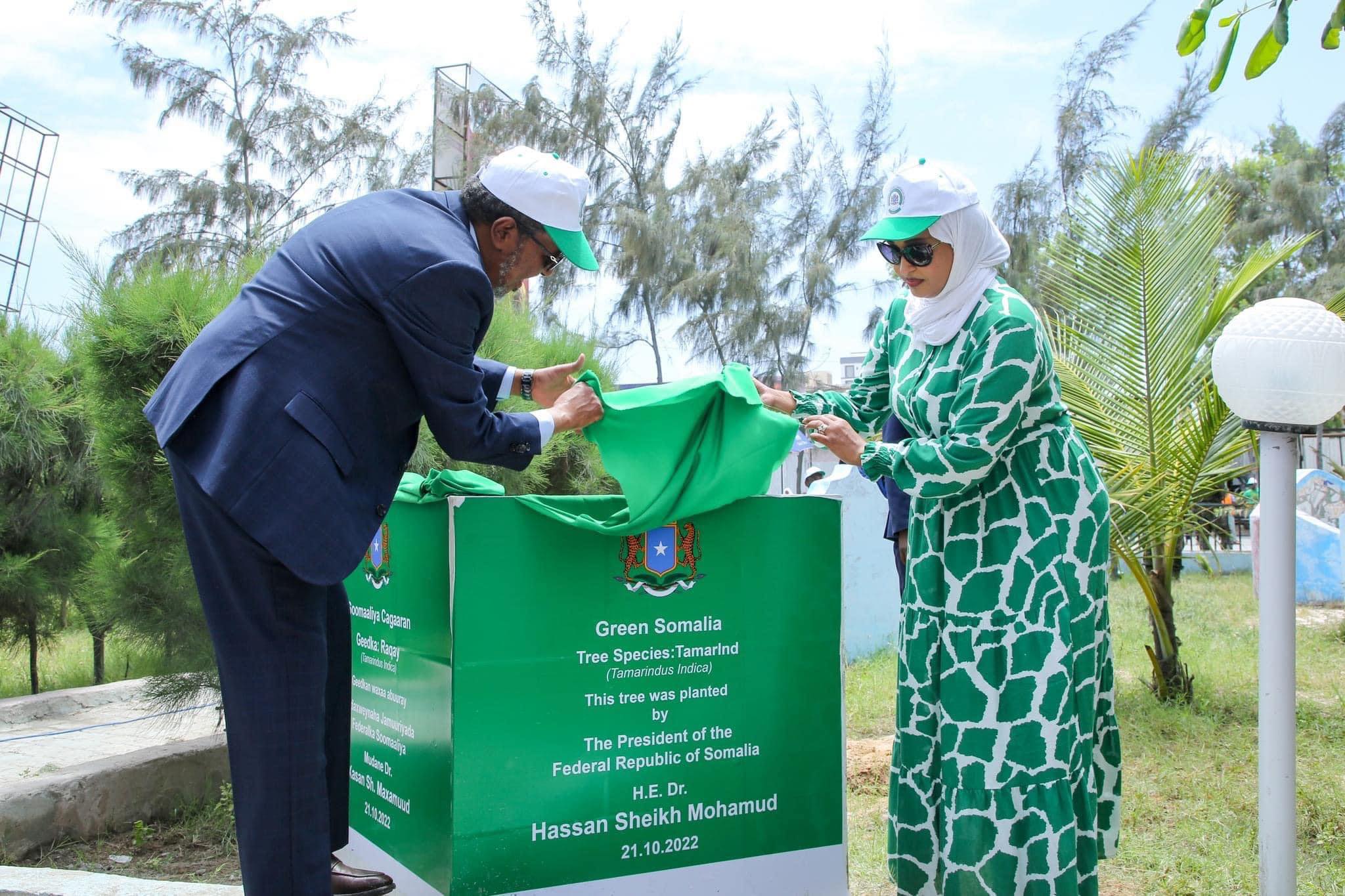Table of Contents
- Introduction to Somalia's history and challenges
- Milestone 1: The Development of Renewable Energy Sources
- Milestone 2: Improvements in Water Management
- Milestone 3: Expansion of Agriculture and Sustainable Farming Practices
- Milestone 4: Advancements in Education and Literacy Rates
- Milestone 5: Progress in Women's Empowerment and Gender Equality
- Impact of these achievements on the nation's future
- Challenges
Introduction to Somalia’s history and challenges

Greening Somalia is a nation that often encounters struggles and hardships, but it is now starting to create a new story about itself. War, famine, and economic trouble have been among Somalia’s many problems for decades.
However, underneath all these difficulties, there is a deep spirit of resilience. This Horn of Africa country is witnessing a wind of change as innovative initiatives take root. Amidst the challenges faced, Somalia has witnessed achievements indicative of a bright future ahead.
Such milestones, such as green energy production, women’s empowerment, and education advancement, demonstrate Somalia’s commitment to sustainability and growth. Discussing the strides made in greening Somalia, you will see how each accomplishment contributes to environmental health, social progress, and economic stability.
Milestone 1: The Development of Renewable Energy Sources

Somalia has a promising future regarding renewable energy because it’s rich in solar and wind potential suitable for sustainability. Areas combined with sunlight have shown growth in solar power campaigns. The tendency to provide people with lights through home or school use of solar panels increases local economies’ capability.
This process decreases the reliability of fossil fuels while increasing the possibility of accessing energy. In addition, investors are launching wind energy schemes along shorelines. Notably, these undertakings pledge to offer a healthier source of electricity capable of meeting industrialization needs and raising living standards.
Creative mergers between Somalia and international agencies facilitate these developments. These organizations provide finances and knowledge that aid Somalia’s transition to greener choices. Renewable sources have also become job providers rather than just electricity producers. The young generation has actively embraced environmental conservation, thus causing changes across its (the country’s) landscapes.
Milestone 2: Improvements in Water Management

To survive, Somalia needs to manage its water resources properly. This land is very arid and, therefore, has severe water shortages. However, this bleak situation has been changed recently. In many communities today, inventive means of harvesting rainwater are already widespread. These systems collect and store every tiny drop of rain, which can be used as a reliable water source during dry spells. Thenceforth, solar-powered pumps have enabled people to access groundwater sources quickly and cheaply.
Furthermore, this technology minimizes dependence on fossil fuels while ensuring remote places receive necessary rehydration.
Furthermore, present-day communities are engaged in training programs focusing on efficient irrigation methods. Such methods help achieve maximum crop yields while conserving available water supplies. It also builds resilience among families grappling with climate change challenges beyond agriculture, thus promoting better health through improved water management solutions and immense regional economic growth.
Milestone 3: Expansion of Agriculture and Sustainable Farming Practices

Somalia has seen a significant shift in its agriculture. Traditional methods are being replaced with innovative and sustainable techniques that increase productivity while conserving the environment. Farmers have also adopted integrated farming systems. By adopting these methods, farmers can keep their soils fertile and discourage pests through natural means. More comprehensive knowledge of agroecology is helping communities preserve biodiversity.
Organic farming initiatives have also gained momentum. This change reduces chemical inputs and promotes better-functioning ecosystems. Indigenous people’s associations facilitate training on such ecological practices, empowering subsistent agriculturists with the capacity to manage climate vagaries. Equally important, water-saving strategies constitute an indispensable part of the agricultural makeover.
Rainwater harvesting mechanisms allow certain crops to receive enough moisture without exhausting Mother Nature’s supplies. These practices lead to greater self-sufficiency and food security in communities, thus paving the way for a more eco-friendly future for Somalia’s agricultural sector.
Milestone 4: Advancements in Education and Literacy Rates
Somalia’s education sector has undergone a remarkable transformation. Once characterized by war and turmoil, the country is now working to reconstruct its educational framework. Such an effort has increased school-going, especially among the girls’ population. This is important as it helps nurture a new generation of leaders and innovators.
This is further enhanced through community-based programs. Mobile classrooms and online learning resources have been deployed in areas where no formal schools exist. Parents are increasingly appreciating how literacy empowers people.
Furthermore, partnerships with international organizations have strengthened teacher training programs. Thus, quality education is becoming more accessible and equipping students with the necessary skills for prospects. Literacy levels are rising since people are learning about the importance of an educated citizenry. An informed society can lead to sustainable development and resilience against challenges ahead.
Milestone 5: Progress in Women’s Empowerment and Gender Equality
Somalia is now experiencing a change in women’s status that has never been seen before. Many women are also moving into positions of prominence in different fields. Their views have become necessary in the decision-making process. This phenomenon can be observed at the local government level and from the bottom up. Women’s involvement provides various alternatives for addressing social issues.
Similarly, initiatives to educate girls are gathering momentum across boards. More girls are now going to school, thereby breaking free from poverty-stricken pasts full of ignorance. The economic opportunities for females, too, have expanded widely (changed). Small-scale businesses run by women contribute a lot to local economies. Not only does this create gender equality, but it also benefits families and societies by nurturing resilience through generations across Somalia.
Impact of these achievements on the nation’s future
Somalia has become greener in a way that signifies positive development. Communities have access to renewable energy sources, so they use sustainable energy. This change not only reduces the use of fossil fuels but also enhances economic growth and stability. Better health results and agricultural productivity are consequences of improved water management.
Hence, food security is boosted through efficient irrigation systems, enabling farmers to grow crops every season of the year. Increased literacy rates through education initiatives empower people to build their nations with knowledge and skills. Innovation and progress require an enlightened public. When women have a strong foundation economically and socially, it benefits the whole society. The ripple effect created by women’s empowerment is felt throughout society. Through these strides, there is a strong base for climate resilience. This offers optimism among citizens who envisage more opportunities and a green Somalia in the future.
Challenges
Although great strides have been made to green Somalia, obstacles remain. Political instability and conflict pose significant challenges to sustainable development. Moreover, such problems can inhibit investments and interrupt progress.
Moreover, climate change is a huge problem. Failure to predict weather patterns leads to droughts and floods that ruin agriculture and water sources. This situation also makes it difficult for communities that strive toward sustainability.
Another concern about infrastructure is that many parts of Somalia need more basic amenities, such as reliable electricity or clean water sources. Infrastructure must be put in place for attempts to promote renewable energy or better farming methods to take off.
An educational gap between genders and the existing urban-rural lines compounds this. Despite improvement in literacy levels, more work must be done to ensure that all citizens have equal access. These hurdles must be addressed as Somalia moves closer to its green future ambitions. The current achievements offer a glimmer of hope, but survivable barriers ahead will call for concerted endeavors from governmental agencies, local authorities, and international partners.
FAQs
What does Greening Somalia prioritize?
Greening Somalia is a concept that emphasizes sustainable development based on renewable energy, water control, agriculture, education, and women’s emancipation.
What is the role of renewable energy in greening Somalia?
Renewable energy is fundamental to greening Somalia by reducing fossil fuel dependency and promoting economic growth.
How important is water management in greening Somalia?
Efficient water management is vital for greening Somalia by ensuring sustainable farming and community resilience.
How has agriculture changed in its process of becoming part of greening Somalia?
This means embracing sustainable farming practices that will enable excellent yield rates while protecting the environment; this is done through greening Somali’s agricultural systems.






